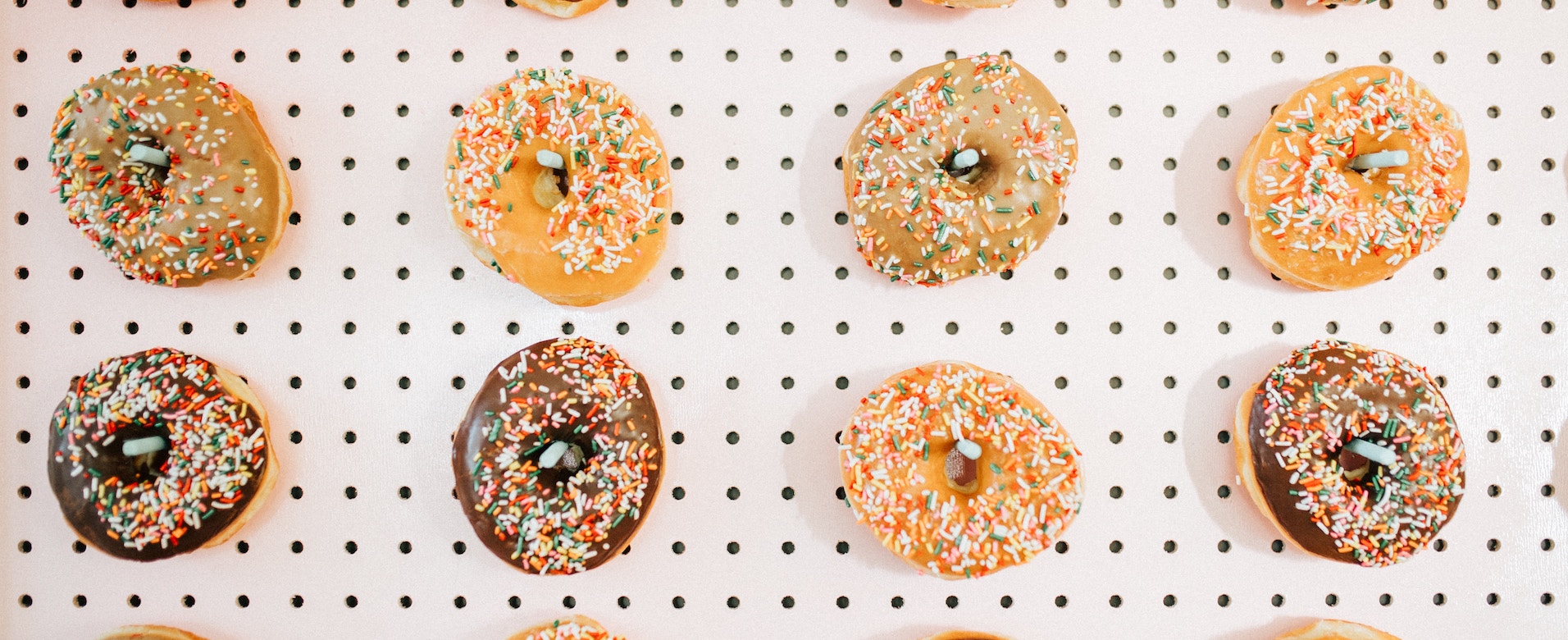General Health
Why You Crave What You Crave
Everyone has experienced a food craving. When all you can think about is that chocolate cake or those crunchy potato chips. Where do cravings come from and why do they happen? Why do even the healthiest of people have a craving for a sweet treat or salty snack?
The science behind cravings
Cravings and hunger are not the same thing. You become hungry when you are in need of sustenance—when your body needs calories in order to properly function. A craving is characterized by a desire for something. Hunger is a biological need for nourishment. In fact, the creation of a feeling of hunger and a feeling of craving actually happen in two different parts of the brain. Hunger happens in the hypothalamus. Cravings occur in the center of the brain1.
Another difference between hunger and cravings is that hunger goes away when you eat. That is not always true with a craving. On the other hand, cravings will go away with time and hunger will not. Cravings trigger your brain’s reward system—when you eat something satisfying like a dessert, your brain releases dopamine which creates pleasure.
Who is susceptible to cravings?
Well, everyone. But certain situations can make you more prone to a nagging craving. Cravings are often prompted by stress or social situations. Many of us give into cravings to help us feel better when low. This is often referred to as emotional eating. If you are in a fight with your significant other, have a stressful project to complete at work, or experience low self-esteem, your brain might tempt you with delicious food.
Pregnant women often experience cravings during and even after their pregnancy. Whether it is ice, pickles, chocolate, (or even dirt), pregnancy cravings are whacky. Cravings during pregnancy can also be caused by stress and nerves, as well as hormones. Beyond pregnancy, it has been suggested that women have stronger and more frequent cravings than men. This could also be due to hormones.

But, men have cravings too. Interestingly, men and women often crave different types of food. According to a study published in 2003, women craving snack foods such as
- Ice cream
- Chips, and
- Chocolate
while men crave heartier foods such as
- Steak,
- Hamburgers, and
- Soup.
Curbing your craziest of cravings
Sometimes, you have to indulge your cravings. But aside from those times, you can work to control your cravings.
The best way to control cravings is to have healthy habits. Eat three healthy meals a day that contains a variety of foods from different food groups. Giving in to unhealthy cravings will not make them go away but instead will make them stronger. The healthier you eat, the less likely you are to have strong cravings. A nutritional diet will help. Exercise and adequate sleep also help keep cravings at bay—as exercise and sleep can help reduce stress. Here are some additional ways you can reduce your cravings2:
- Drink water
- Plan your meals
- Eat more protein
- Avoid getting too hungry
- Find creative ways to reduce stress that do not involve food
- Do not keep the foods you crave in your home (at least, not often)
Remember, it is okay to give in every now and then. Just don’t make it a habit.
Wansink B, Cheney M, Chan N. Exploring comfort food preferences across age and gender. Physiology & Behavior. 2003;79(4-5):739-747. doi:10.1016/s0031-9384(03)00203-8.



